Quality Control in Non-Woven Fabric Manufacturing
The world of textiles is vast and fascinating, with non-woven fabrics carving a significant niche for themselves. From the masks we wear to the filters in our cars, these versatile materials are everywhere. But have you ever wondered about the non-woven fabric manufacturing process and what ensures their consistent quality?
At Favourite Fab, we take pride in our meticulous approach to quality control, ensuring every meter of non-woven fabric we produce meets the highest industry standards. Let’s unravel the secrets behind our top-notch manufacturing processes.
Understanding the Non-Woven Fabric Production Process
Before we delve into quality control, let’s first understand how non-woven fabrics are made. Unlike traditional woven or knitted fabrics, which interlace yarns, non-wovens are created by directly bonding fibers together. This can be achieved through various methods, each yielding unique fabric properties:
1. Spunbond Process:
This widely used method involves extruding molten polymer through spinnerets, forming continuous filaments. These filaments are then laid down on a moving belt, where they bond together through mechanical, thermal, or chemical processes. Quality control in spunbond fabric production focuses on consistent fiber diameter, web uniformity, and bonding strength.
2. Meltblown Process:
Similar to spunbond, the meltblown process utilizes molten polymer but employs high-velocity air to draw out extremely fine fibers. This results in fabrics with excellent filtration properties. Advantages of meltblown fabric manufacturing include high productivity and the ability to create fabrics with exceptional barrier properties.
3. Needle Punch Process:
This mechanical process uses barbed needles to entangle and bond fiber webs. The needle punch process creates robust fabrics ideal for applications like geotextiles and automotive interiors. Quality control involves monitoring needle penetration depth and fabric strength.
4. Thermal Bonding Process:
Here, heat is applied to melt and fuse fibers together. This method is often used with bicomponent fibers, where one component has a lower melting point, acting as a binder. Quality control ensures consistent temperature and pressure application for reliable bonding.
5. Hydroentanglement Process:
This process uses high-pressure water jets to entangle fibers, creating a strong, absorbent fabric. Hydroentanglement is commonly used for medical textiles and wipes. Quality control focuses on water pressure, jet orientation, and fabric uniformity.
6. Airlaid Process:
This method uses air currents to form a web of fibers, which are then bonded using adhesives or other methods. Airlaid fabrics are known for their softness and absorbency, making them ideal for hygiene products. Quality control involves monitoring fiber distribution, web weight, and bonding effectiveness.
Stages of Non-Woven Fabric Manufacturing and Quality Control Measures
No matter the specific non-woven fabric production process, quality control remains paramount throughout every stage:
1. Raw Material Inspection:
It all begins with sourcing the finest raw materials. We meticulously inspect incoming fibers for properties like length, denier, and moisture content. Any inconsistencies are immediately flagged, ensuring only the highest quality materials enter our production line.
2. Web Formation Control:
Maintaining uniform fiber distribution and web weight is crucial for consistent fabric properties. We utilize advanced sensors and control systems to monitor and adjust web formation parameters in real-time, ensuring a homogeneous and stable web.
3. Bonding Parameter Optimization:
Whether it’s temperature, pressure, or chemical concentration, bonding parameters directly impact fabric strength, hand-feel, and functionality. We rigorously test and optimize these parameters for each production run, guaranteeing consistent bonding quality.
4. In-Process Testing:
Throughout the non-woven manufacturing process, we conduct rigorous in-process testing. This includes evaluating fabric weight, thickness, tensile strength, air permeability, and other relevant properties. This ensures any deviations are detected and corrected promptly, preventing defective products from moving down the line.
5. Finished Product Evaluation:
Before any non-woven fabric leaves our facility, it undergoes a final round of comprehensive testing. We evaluate its physical properties, visual appearance, and functional performance, ensuring it meets both our internal standards and the specific requirements of our clients.
The Favourite Fab Difference: Elevating Quality Through Innovation
At Favourite Fab, our commitment to quality extends beyond standard procedures. We continuously invest in cutting-edge non-woven fabric machinery and equipment, enabling us to push the boundaries of innovation and deliver exceptional products. Our team of experts constantly explores new technologies and techniques to enhance our processes and refine our quality control measures.
But our dedication doesn’t stop there. We understand the importance of sustainability in today’s world. We’re actively researching and implementing eco-friendly practices throughout our operations, minimizing the environmental impact of non-woven fabric production.
FAQs About Non-Woven Fabric Manufacturing
1. What are the most common applications of needle-punched non-woven fabric?
Applications of needle-punched non-woven fabric are diverse, ranging from automotive interiors and geotextiles to filtration media and carpet backing. Their robust structure and versatility make them suitable for various industries.
2. What are the advantages of using non-woven fabrics over traditional textiles?
Non-woven fabrics offer several advantages, including cost-effectiveness, high production speed, versatility in properties, and suitability for specific applications like filtration and absorption. They are also often more durable and resistant to tearing and abrasion.
Contact Us
Ready to experience the Favourite Fab difference? Contact us today to discuss your non-woven fabric needs!
Email: sale@favouritehub.com
WhatsApp: +91 95288811566



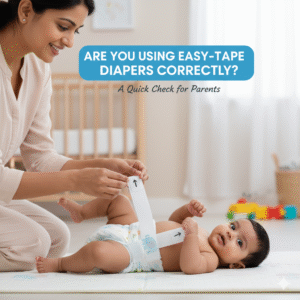
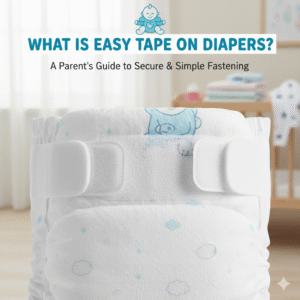
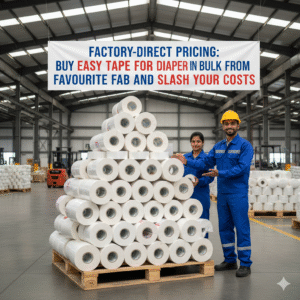
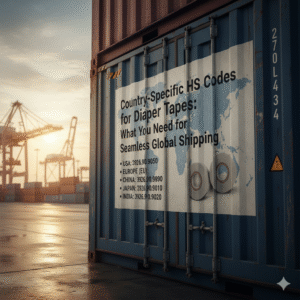

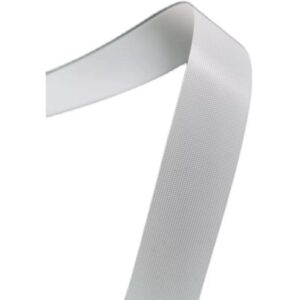
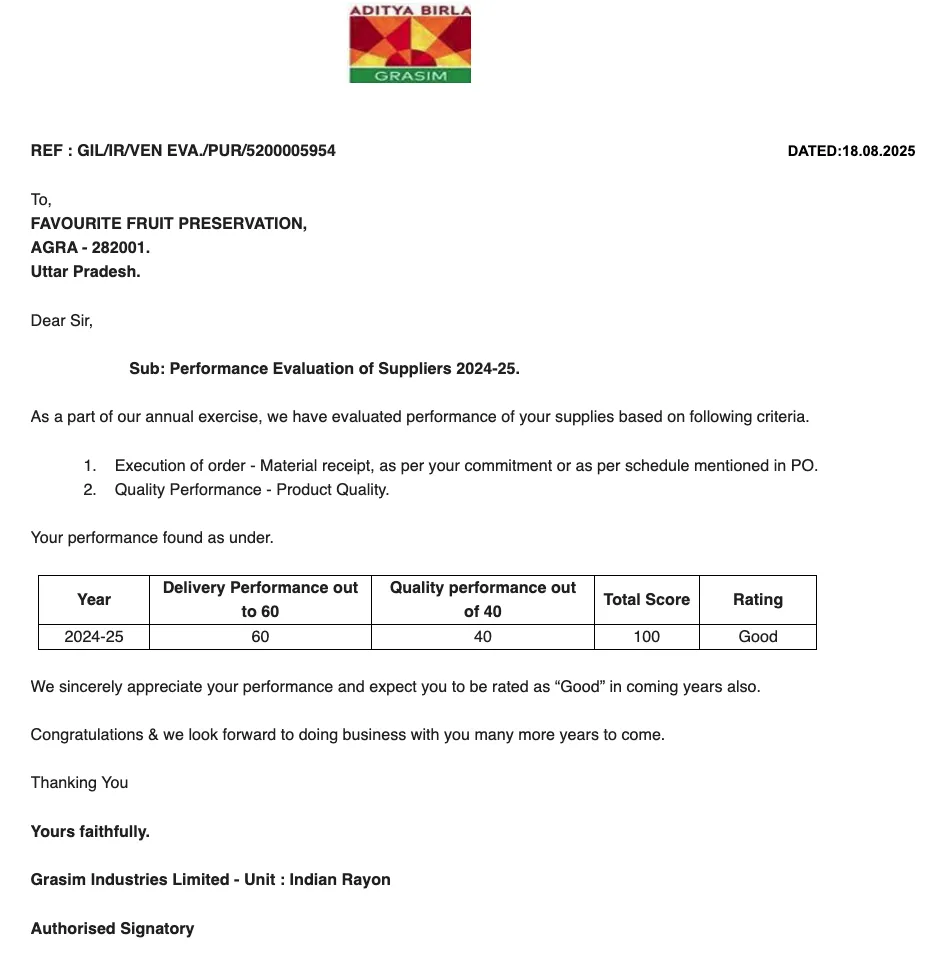




























We Do Business On Trust.Our Nonwoven fabric Business is Built on trust. Trust starts with Transparency.
Mr.Ramniwas Garg Founder Of Favourite Group